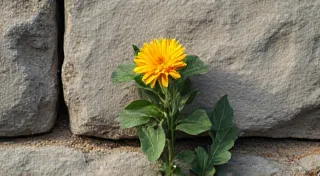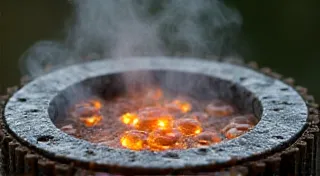The Alchemy of Components: Transforming Raw Materials into Radio Voices
There’s a certain magic to old accordions. The way their bellows expand and contract, the complex interplay of reeds vibrating to produce a cascade of notes – it's a visceral experience, a tangible connection to the ingenuity of generations past. They aren’t simply instruments; they're intricate mechanical puzzles, lovingly crafted from wood, metal, and leather. Building a ham radio transceiver, surprisingly, shares a similar essence. It’s an alchemy, a transformation of seemingly inert components – resistors, capacitors, transistors – into a device capable of bridging vast distances, carrying voices across continents. While an accordion resonates with musical life, a transceiver breathes with the vibrant pulse of radio communication.
My first encounter with this alchemy happened decades ago, rummaging through my grandfather’s attic. Amongst moth-eaten blankets and forgotten toys, I found a box overflowing with radio parts – resistors of varying sizes, capacitors with faded markings, tubes glowing with a faint, amber light. He's been an amateur radio operator for over 50 years, a quiet sentinel of the airwaves. Initially, it was just a collection of interesting objects. But as he patiently explained the role of each component, I began to glimpse the underlying order, the elegant system humming beneath the surface. It wasn't just about understanding *what* each part did, but appreciating *how* they worked together to manipulate radio waves.
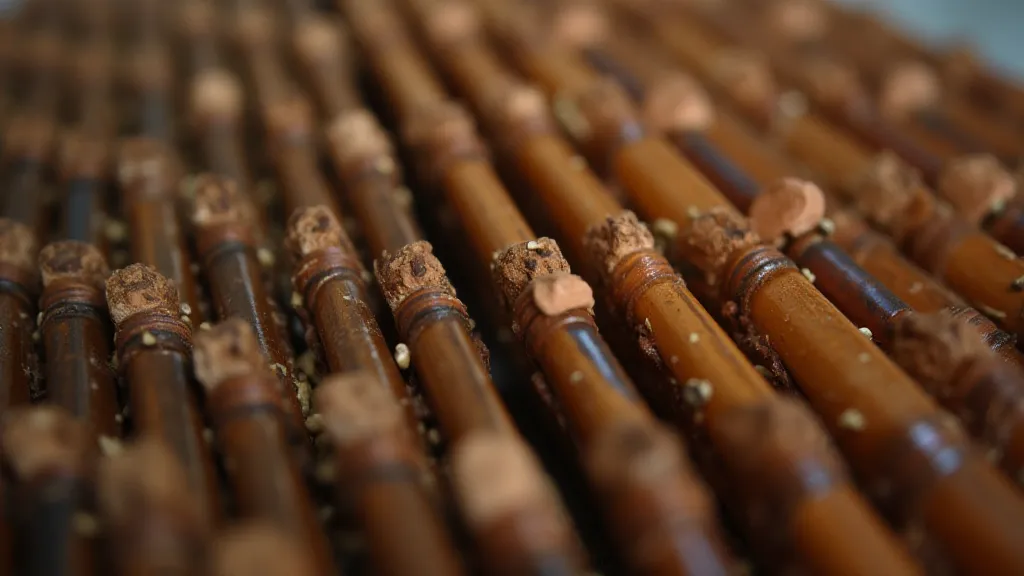
The Foundation: Resistors – Controlling the Flow
Let's start with the seemingly humble resistor. These little cylinders, often colored with bands indicating their resistance value, are the gatekeepers of the electrical current. Think of them as valves in a plumbing system – they regulate the flow, preventing overload and ensuring stability. Without resistors, transistors would burn out, capacitors would charge uncontrollably, and the entire system would collapse into chaos. Their small size belies their critical role. Early radio circuits relied heavily on carbon resistors, known for their relatively simple construction, yet surprisingly effective at limiting current. They often look quite rustic compared to the precision-manufactured metal film resistors we use today. It's fascinating to examine antique radio schematics and see how the designer carefully chose resistor values to achieve the desired performance.
Capacitors: Storing Energy and Shaping Signals
Next, we have capacitors. These components store electrical energy, acting like tiny reservoirs. They're fundamental to filtering unwanted frequencies and shaping the signals that carry our voices. Consider them as tuning forks within the circuit – they resonate with certain frequencies while rejecting others. Early capacitors were often made with mica or paper wound with aluminum foil. They possess a unique aesthetic quality; the translucent mica or the layered paper evoke a sense of delicacy and careful construction. The tolerances on these early capacitors were often quite broad, contributing to the variability in the performance of vintage radios. Restoring an old radio often involves painstakingly replacing these components to bring the performance back to its original specifications. It's a delicate process, a conversation with the past, trying to replicate the original design intent.
Transistors: Amplifying the Voice
The transistor, a relatively modern invention, revolutionized radio technology. Prior to transistors, vacuum tubes reigned supreme, bulky and power-hungry. Transistors, semiconductor devices, offered miniaturization, efficiency, and improved performance. They act as electronic switches and amplifiers, boosting the weak signals received from the antenna and transmitting a stronger signal to the antenna. Early transistors were fragile and expensive, but their advantages were undeniable. They allowed for more compact and efficient radio designs. Holding an early germanium transistor in your hand, you can almost feel the dawn of a new era in electronics. Their construction reveals a level of intricate detail, a testament to the ingenuity of the engineers who conceived them.
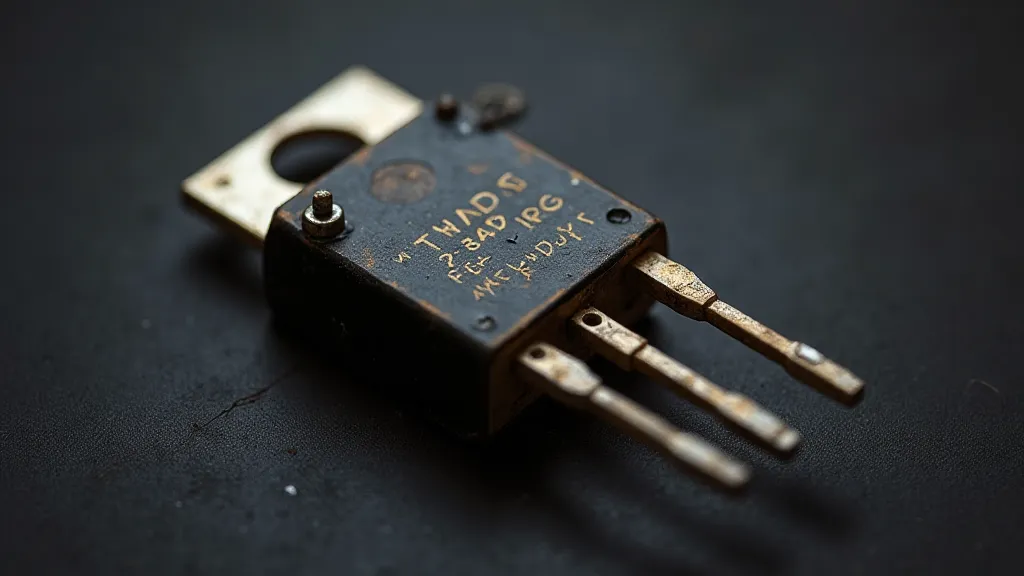
The Interplay: A Symphony of Components
The true magic happens when these components work together. A transceiver is far more than just the sum of its parts. It's a carefully orchestrated system, where each component plays a vital role. Resistors limit current, capacitors filter frequencies, and transistors amplify the signal – all working in harmony to achieve the ultimate goal of transmitting and receiving radio signals. The design of a transceiver is a delicate balancing act. A slight change in one component can have a cascading effect on the entire system. Analyzing a circuit diagram, tracing the flow of electrons, and understanding the interactions between components – that’s the essence of the alchemy. Just as a skilled accordion maker understands how each reed and bellows contributes to the overall sound, a radio engineer strives for optimal performance through careful component selection and circuit design.
The Collector’s Perspective: Appreciating the Craft
For those interested in collecting vintage radio equipment, or even restoring antique accordions, it's important to appreciate not only the functionality but also the artistry. Each component, from the smallest resistor to the largest transformer, represents a moment in time, a testament to the skills of the craftsman. Examining these components, tracing their origins, and understanding their purpose – that’s the essence of the collector's journey. Often, these older components bear markings that tell a story – the manufacturer’s logo, the date of manufacture, and even the original price. These markings provide a tangible connection to the past, a window into a different era of technology. The patina of age, the subtle imperfections in the manufacturing – these are not flaws, but marks of authenticity, reminders of the human touch that went into their creation.
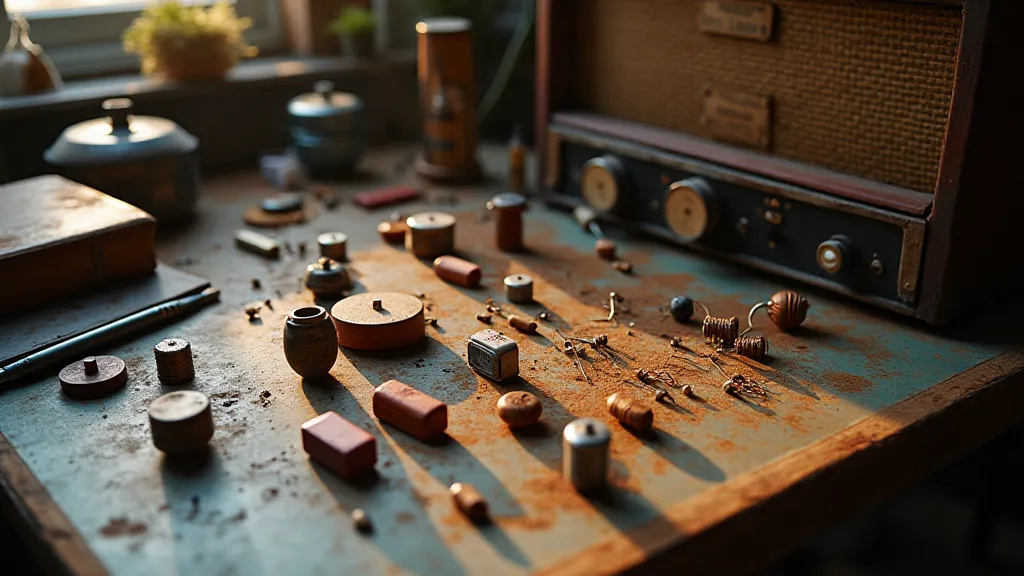
The Enduring Appeal: Connecting Across Generations
Building a simple ham radio transceiver isn's merely an exercise in electronics; it’s a bridge to the past, a celebration of ingenuity, and a doorway to a vibrant community. It’s a chance to appreciate the transformative power of technology, to connect with the voices of generations past, and to contribute to the ongoing evolution of radio communication. Just as the sound of an old accordion can transport you to a different time and place, the crackle of a radio signal can connect you to people across continents, sharing stories, ideas, and experiences. The alchemy of components – transforming raw materials into radio voices – is a truly remarkable achievement, and one that continues to inspire and connect us all.

